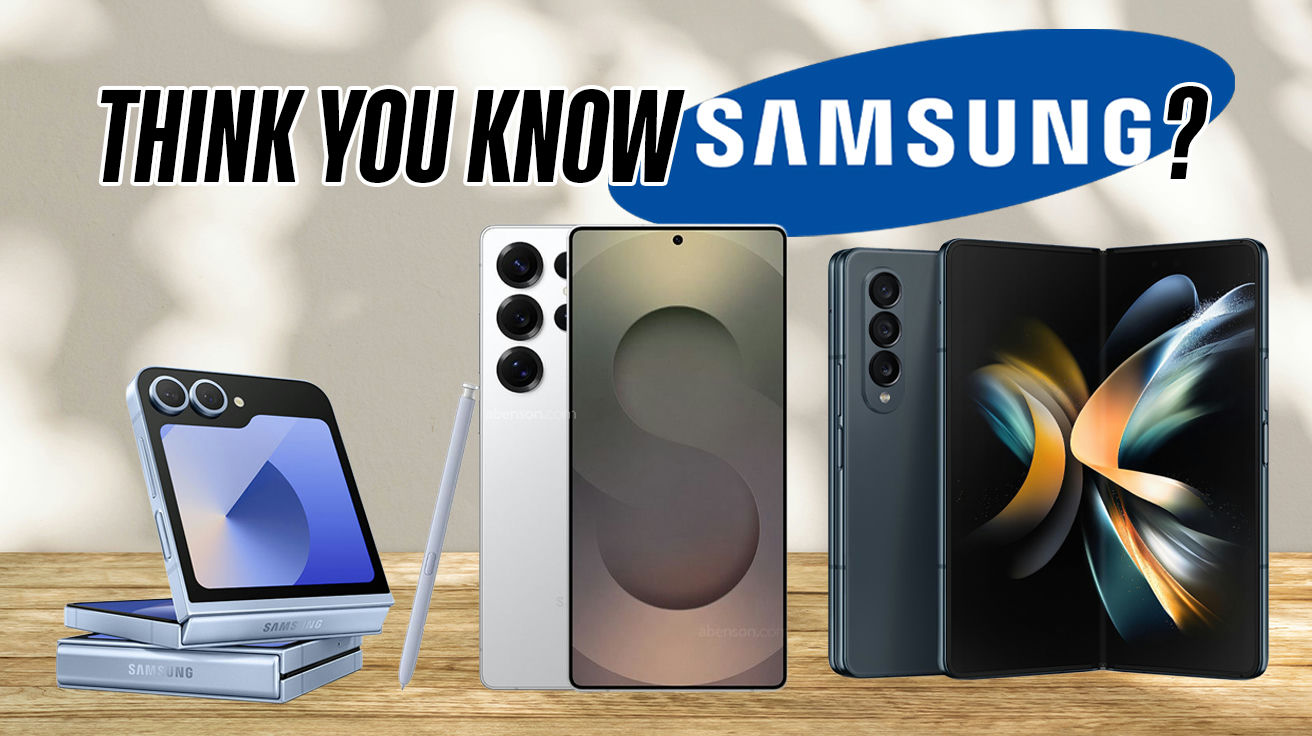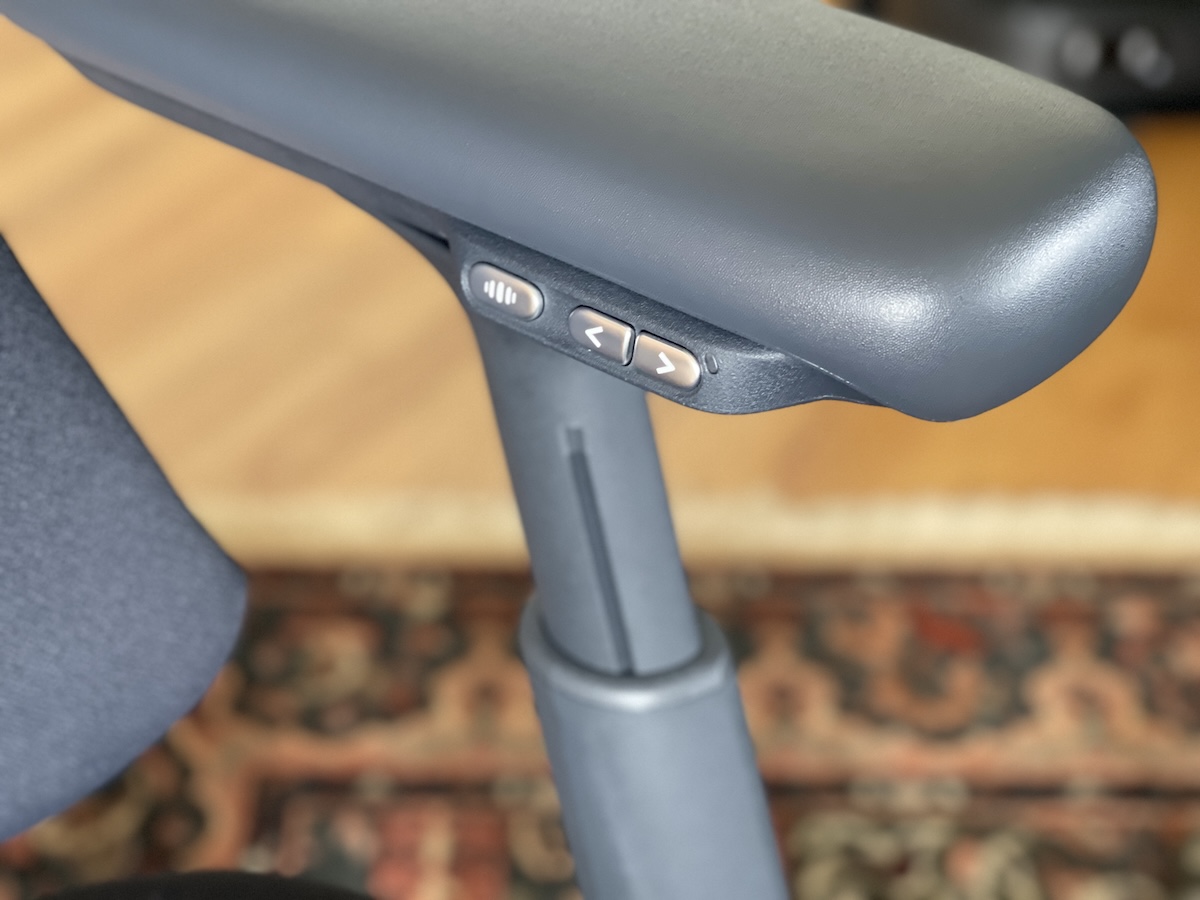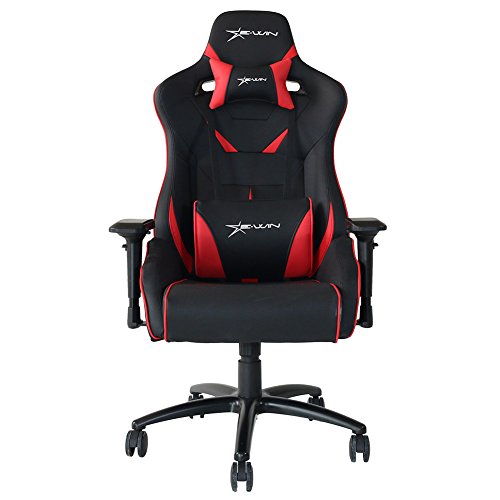Samsung’s Galaxy lineup has exploded far beyond those shiny S-series flagships you see clutched in every coffee shop line. The Korean tech giant has built a smartphone empire spanning from $2,000 foldables to $150 budget devices—with enough letters, numbers, and special editions to make alphabet soup jealous. This isn’t just about having options; it’s a calculated ecosystem play that hooks users at every price point and keeps them coming back as their budgets grow. For a full breakdown of the current lineup and what sets each series apart, see the Samsung Galaxy phone ranges explained. Let’s break down Samsung’s galaxy of Galaxies and decode their master plan for smartphone domination.
10. Galaxy Z Series: Folding the Future

Samsung’s foldables started as fragile tech demos that seemed one thumb press away from disaster. Five generations later, the Z Fold and Z Flip have evolved from experimental oddities into genuinely practical devices that don’t break when you look at them wrong. The Fold transforms from phone to tablet, while the Flip channels nostalgic flip phone energy with modern capabilities – an approach that continues to evolve with new models like the Samsung Galaxy S25 Edge, which is generating buzz for its advanced specs and fresh design. The evolution of the Galaxy Z Fold highlights how hinge technology and flexible displays have matured to deliver real-world durability and usability. Their Flex mode enables hands-free video calls and photography that would otherwise require a tripod and divine intervention. These devices represent Samsung’s bet on escaping the boring glass rectangle era.
9. Galaxy Note Series: The Stylus That Launched a Thousand Memes

Before the Note debuted in 2011, a 5.3-inch phone was considered comically large—like holding a Pop-Tart to your ear during phone calls. Samsung ignored the ridicule and created a productivity powerhouse that turned “phablet” from a joke into a legitimate category. The S Pen transformed from a simple stylus into a Bluetooth-enabled remote control for presentations and selfies in later generations. Despite the Note 7’s unfortunate tendency to spontaneously combust, the line’s innovative spirit lives on in the S Ultra models after the Note series was discontinued following the Note 20. For more on how the Note changed the industry and influenced later devices, see the Galaxy Note history and legacy.
8. Galaxy Alpha: The Metal Messenger

The Galaxy Alpha, released in 2014, introduced Samsung’s first metal-framed design, signaling a shift away from the cheap plastic builds that critics loved to roast. Despite its brief market life, this phone was essentially Samsung’s design prototype for the premium direction that would define future flagships. More technical specs and the design story can be found in the Samsung Galaxy Alpha details. Like a concept car that influences everything that follows, the Alpha’s legacy lives on in Samsung’s commitment to premium materials and build quality. Sometimes the most important phones aren’t the best-sellers—they’re the ones that change the game.
7. Galaxy M Series: Battery Beasts for Budget Buyers

If phone anxiety is measured by battery percentage, the M series aims to be your digital stress relief. These online-exclusive models pack massive 6,000+ mAh batteries that laugh at your all-day usage patterns and ask for more. The Galaxy M34 5G features highlight just how much battery power and value Samsung delivers in this segment. Primarily targeting India and Southeast Asia, these phones strip away unnecessary frills to focus on endurance and value. It’s Samsung’s strategic play to fend off Chinese brands like Xiaomi and Realme that have been eating their lunch in price-sensitive markets.
6. Galaxy S Series: The Flagship That Finally Found Its Identity

Samsung’s S series started as an iPhone alternative when it launched in 2010 but has evolved into the definitive Android flagship experience. Early models introduced those eye-popping AMOLED displays, but it wasn’t until the S6 in 2015 that Samsung ditched the cheap plastic for premium metal and glass construction. Today’s S-series phones pack cutting-edge camera systems and display tech that makes scrolling through social feeds feel silky smooth, , easily earning their place among the best large screen phones for users who want immersive visuals and top-tier performance.. For a closer look at the latest flagship’s capabilities, check out the Galaxy S24 Ultra official specs. The Ultra models have essentially absorbed the Note’s productivity DNA, becoming the everything-phone for power users willing to drop four figures on their pocket computer.
5. Galaxy J Series: The Budget Line That Served Its Purpose

The J series was Samsung’s no-frills entry point—phones that made calls, sent texts, and handled basic apps without pretending to compete with flagships. Popular in emerging markets, these devices eventually merged into the A series around 2019-2020 as Samsung streamlined their confusing alphabet soup. See the Galaxy J series product history for more on its evolution and market impact. These phones weren’t trying to impress tech reviewers; they were designed to get first-time smartphone buyers into the Samsung ecosystem. Mission accomplished—now they could upgrade to something shinier when their budgets allowed.
4. Galaxy A Series: Where the Real Money Happens

While tech enthusiasts obsess over flagship specs, Samsung’s mid-range A series quietly became their bread and butter. These phones nail the essentials—solid cameras, vibrant displays, and all-day batteries—without the premium price tag that requires eating ramen for a month. The A series accounts for roughly 60% of Samsung’s smartphone shipments globally, making it their true profit engine. Explore the latest mid-range Samsung Galaxy smartphones for examples of why these models are so successful. The A series is Samsung’s volume seller, proving most consumers would rather have a dependable $350 phone than finance the latest flagship. It’s the smartphone equivalent of choosing Netflix over HBO Max—you get 90% of what you want without the premium subscription headaches.
3. Galaxy C and F Series: Regional Specialists

The C series targeted Asian markets with region-specific features like dual-SIM support and enhanced selfie cameras to counter local competitors like Xiaomi. The Samsung Galaxy C series overview explains how these phones were tailored for specific consumer needs. For example, the Galaxy C9 Pro packed 6GB of RAM when most flagships still shipped with 4GB—specifically because Chinese consumers prioritized multitasking performance over brand prestige. The F series represents Samsung’s retail partnership strategy, creating slightly modified versions of existing models with exclusive colors and minor spec bumps for specific sales channels like Flipkart in India. While Apple maintains identical models worldwide, Samsung adapts like a chameleon—proving that one-size-fits-all only works if you’re selling overpriced white earbuds.
2. Galaxy Mega: Too Much, Too Soon

The Mega series attempted to bridge phones and tablets with screens up to 6.3 inches—dimensions that seemed absurd in 2013-2014 but are standard fare today. The Samsung Galaxy Mega details provide more on why these devices were ahead of their time. Handling these devices was like trying to use a pizza slice as a phone, complete with the awkward grip. Though discontinued after just two generations, the Mega was simply ahead of its time. Today’s “normal” phones are larger than what was once considered comically oversized, proving Samsung correctly anticipated our appetite for bigger screens and bigger everything.
1. The Method Behind the Madness

Samsung’s sprawling Galaxy lineup isn’t random chaos—it’s calculated strategy to cover every price point, feature preference, and regional market. While Apple releases a handful of models annually, Samsung floods the zone with options, ensuring there’s a Galaxy for every type of user and budget. Recent data shows Samsung shipped over 270 million smartphones in 2024, maintaining roughly 22% global market share. For more on Samsung’s position in the industry, see the Samsung smartphone market share data. This approach has helped Samsung maintain its position as the world’s largest smartphone maker despite fierce competition. By creating a clear upgrade path from entry-level to flagship, Samsung builds brand loyalty that can last through multiple purchase cycles—turning casual buyers into ecosystem devotees exactly as intended.





























